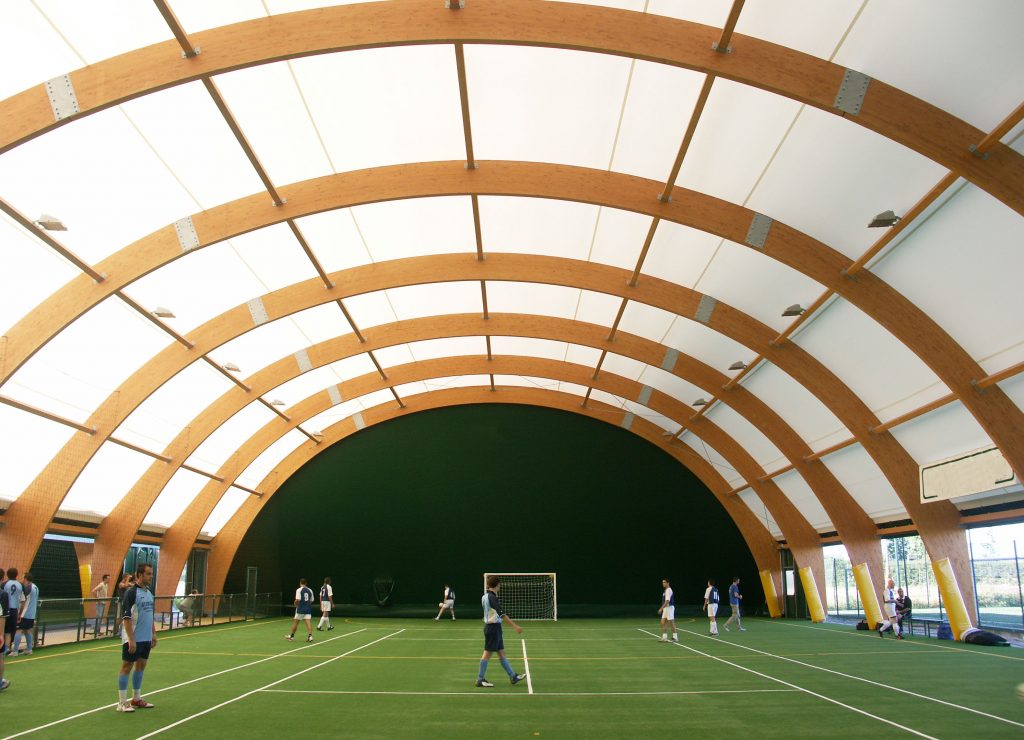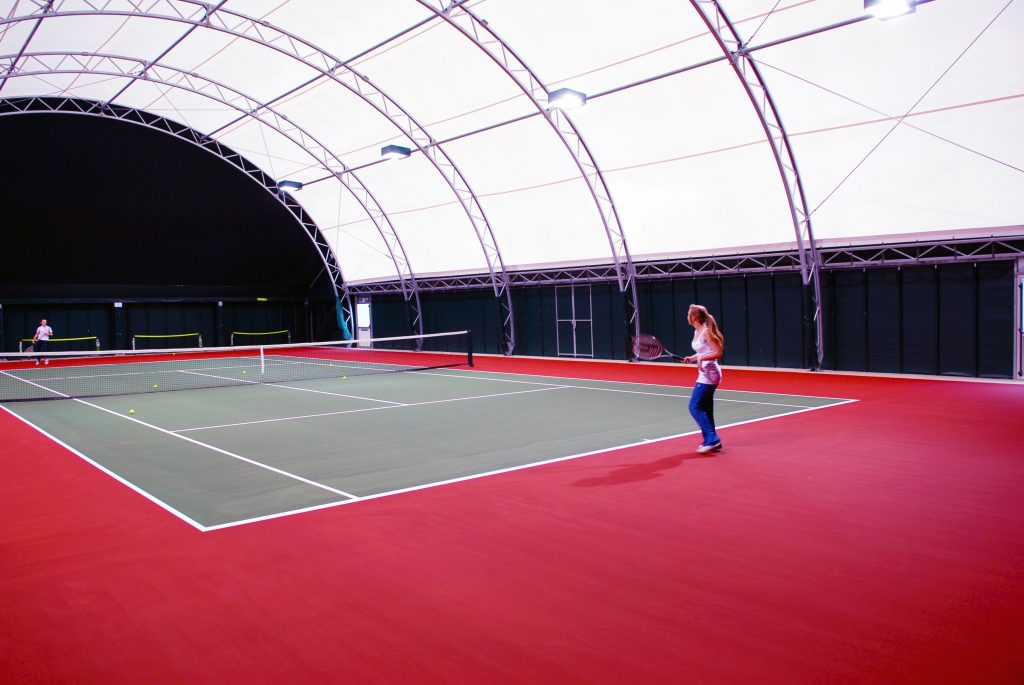Business rates are often one of the most expensive outgoings for sports clubs and we’re hearing that they are also one of the main barriers to development. Clubs are reluctant to invest in indoor facilities for fear that they will not be financially sustainable and it could take decades to offset the payments. We realise that business rates can be crippling but there are opportunities to apply for relief if a club’s strategy is seen to meet the individual council’s objective of bringing communities together such as by having links to schools and other not-for-profit local groups as well as being accessible to disadvantaged communities. Indoor facilities can help remove inequalities and promote a more cohesive society by offering more activities to a broader demographic throughout the year.

We completely understand that some will argue in favour of building more outdoor facilities because of the open-air advantage but a fabric-covered structure can be designed with retractable curtains along each side to allow plenty of natural ventilation. When the snow is falling, storms are blowing or rain is lashing down, people will still come to indoor venues to take part in sport. Giving people the choice to play through any conditions can provide a safety net around revenue and footfall. Going to a place to enjoy the full benefits of sports and fitness all under one roof also presents users with the assurance of an establishment which appreciates variety and that is likely to be rewarded with loyalty.
Typical winter or summer sports can be played in the off-season but, more than just extending training programmes, indoor facilities can encourage people to get active by introducing a diverse range of activities such as street dance, archery, futsal, wheelchair rugby to name but a few. Older generations can play walking football without the risk of slipping. Younger children can learn to play tennis with soft balls that don’t get blown away and teenagers can play basketball late into the night without being a noise nuisance – indoor facilities can cater for every generation in a comfortable, safe environment that is unaffected by the elements or the clock.

We were lucky with the weather this summer. The roofs on both Centre Court and Court One didn’t get quite as much attention as they have done in the past for sheltering players from the rain, however, they did ensure that Wimbledon gave us plenty of post-watershed entertainment, which tennis fans and the BBC would have been thrilled about. Indoor facilities allow play to continue when the light starts to fade and therefore give people more options to fit it into their day.
Even in Milan, where the warm, favourable climate is more consistent than ours, they are currently building over 100 indoor padel tennis courts every year in response to the rapidly increasing demand for this sport. Why indoor? Because clubs don’t want anything to stop their users from being able to play the sport they love, when they want – it encourages a healthy community and a healthy return on investment!
Having said that, Italy don’t have business rates on sports buildings!
